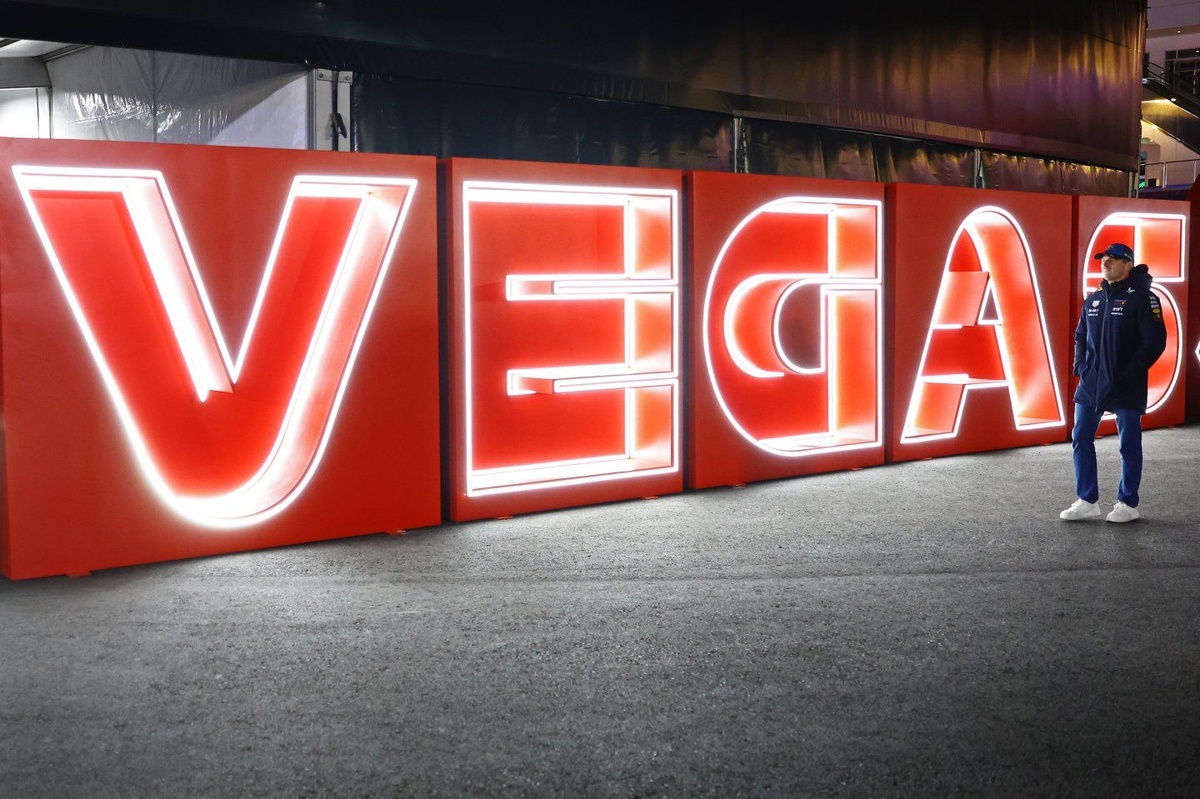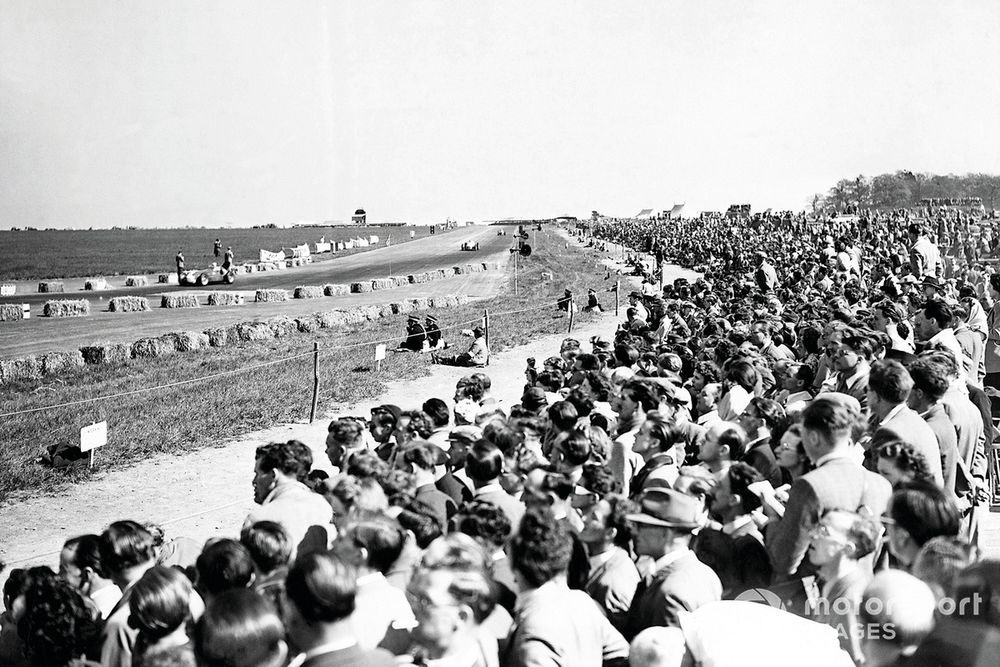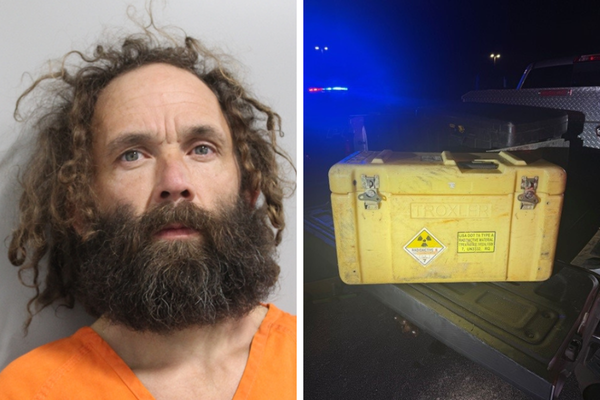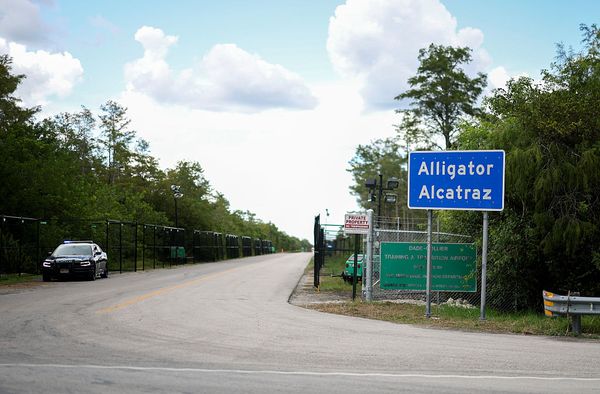
F1 CEO Stefano Domenicali has given purists cause to chafe of late, mooting changes in race formats such as more sprint weekends and reverse grids. Not only this, the sands are shifting beneath the venues themselves.
In an interview with the Italian Passa dal BSMT podcast this week he has now returned to the subject of so-called "historic" tracks and what they have to do to merit a place on the calendar, given the demand for places.
"It's clear that today we're talking about investment levels very different from those of the past," he said. "From the sliding doors of 2020–2021 when I came in, today we're in a condition where one door closed and another has opened. Competition has changed, the context is much more aggressive, and obviously… Affection alone is not enough."
Asked whether there were any hard boundaries in terms of whether a grand prix can remain on the calendar based on image or history, Domenicali was unequivocal.
"No, in the sense of obviously if a grand prix has this historical value, it's a plus-plus, but it's not enough," he said. "So, it's an element that adds history, and it's important for someone like me who has followed Formula 1 since childhood. But for the new fans who follow Formula 1 – this may sound strange, but if you look, and we have this data because it's fundamental for us – the ability to turn the page, to scroll through news, to forget who won last year, is very high.
"So for many young fans today, racing in Monte Carlo compared with the new Las Vegas circuit makes no difference. So history is not a fundamental element for us, but just to give you the idea: history must be supported by a structure that looks to the future, that allows investment in infrastructure to improve, since tickets are not exactly cheap, to provide services to fans at all levels, and to allow countries to be financially present in a calendar that I think won't grow beyond the number [of races] we have today."

F1's position has gradually evolved since Liberty Media acquired the commercial rights in January 2017 and almost immediately booted former ‘ringmaster' Bernie Ecclestone into a ‘chairman emeritus' non-job.
In his first interview after clamping the proverbial gold watch on Ecclestone's wrist and escorting him to the exit, the new CEO, Chase Carey, assured all that historic venues would be safe. The barometer of quality was not so much time served on the calendar as overall significance to F1's rich tapestry – so Carey specifically namechecked Silverstone, Monaco, Hockenheim and the Nurburgring, saying, "You have still got to maintain those traditions to have the values in F1."
Obviously Carey's priority at the time was to calm the nerves of those who had just watched one of F1's holiest commercial cows being led unceremoniously to the abattoir. It's understandable that the messaging should have been, "We're putting our own stamp on the business but don't worry, we're not going to break it."
It's interesting now to revisit the historic venues Carey adumbrated.
The Nurburgring fell off the regular schedule after the 2013 race because it couldn't afford the sanctioning fees, and has only been seen again once, when F1 hired the facility to stage the Eifel Grand Prix in the COVID-affected 2020 season. Hockenheim, increasingly decrepit, hasn't featured since 2019.
Silverstone adapted its offering to become a full-weekend event with live music during the evenings, and was rewarded with a long contract. Monaco, meanwhile, was very much shown the whip, and long contract extensions were only forthcoming after the principality backed down on its traditional control of TV coverage and trackside signage.

It's appropriate that Domenicali should talk of his appointment as Carey's replacement coming at a "sliding doors" moment. In facing the existential threat of COVID, F1 had to engage in some clever financial engineering to survive, and hire circuits at which to stage grands prix to fulfil its broadcast contracts. That's how the likes of the Nurburgring and Imola parlayed their way back onto the schedule.
At the same time, Netflix's Drive to Survive series became a worldwide hit and generated a period of unexpectedly rapid audience growth. The tropes of late capitalism dictate that this growth must continue – and if this means more sacred cows being led thither, in the form of ‘classic' venues making way for new ones willing to pay higher sanctioning fees, so be it.
Domenicali's world view has therefore evolved since he said, in a round table at the start of 2022, "we know we have to balance the arrival of new races with historic grands prix, and tracks that must continue to be part of our calendar."
While the Concorde Agreement makes provisions for the calendar to expand beyond the current 24 races, there is a consensus among the stakeholders that 24 is a practical limit in terms of F1's human capital. Thus there is greater competition than ever to be among that finite number.
In the real estate business there is a phenomenon known as "planning creep", where permission for a contentious development is grudgingly granted subject to certain terms, which are then eroded by subsequent variations. A mobile phone mast is waved through on appeal over residents' objections; a few years later the owner files plans to enlarge it and add more antennae.
Are F1's historic venues destined to be pushed away in favour of new ones along these lines? Already Zandvoort is about to bid farewell, and Spa-Francorchamps is entering a ‘rotation' deal in which it will only appear on alternate years. You may remember the aforementioned Nurburgring and Hockenheim alternating as German GP hosts until one of them vanished from the radar.

Rotation could easily be a form of conditioning the market: once fans are used to seeing the likes of Spa just once a year, the pain of the final parting when they disappear entirely is diminished.
So the message from F1 to the historic venues as a simple one: nobody is safe, and you must keep on growing in order to survive. Late capitalism in a nutshell.
But obviously many older venues lack that capacity to add infrastructure and spectator capacity. It's a question partly of location, but also one of who pays for it: established tracks who must wash their own faces, commercially speaking, simply can't compete against new ones which arrive subsidised by government cash.
"Imola is a city in a rather limited context of development," said Domenicali of the reasons for that circuit exiting the calendar. "It's difficult to imagine it being expanded in terms of infrastructure, hotels, because it is what it is. History is a value, but it can be a limitation if there are no conditions for growth."
There is a certain irony to this being a process Ecclestone started.








Read and post comments